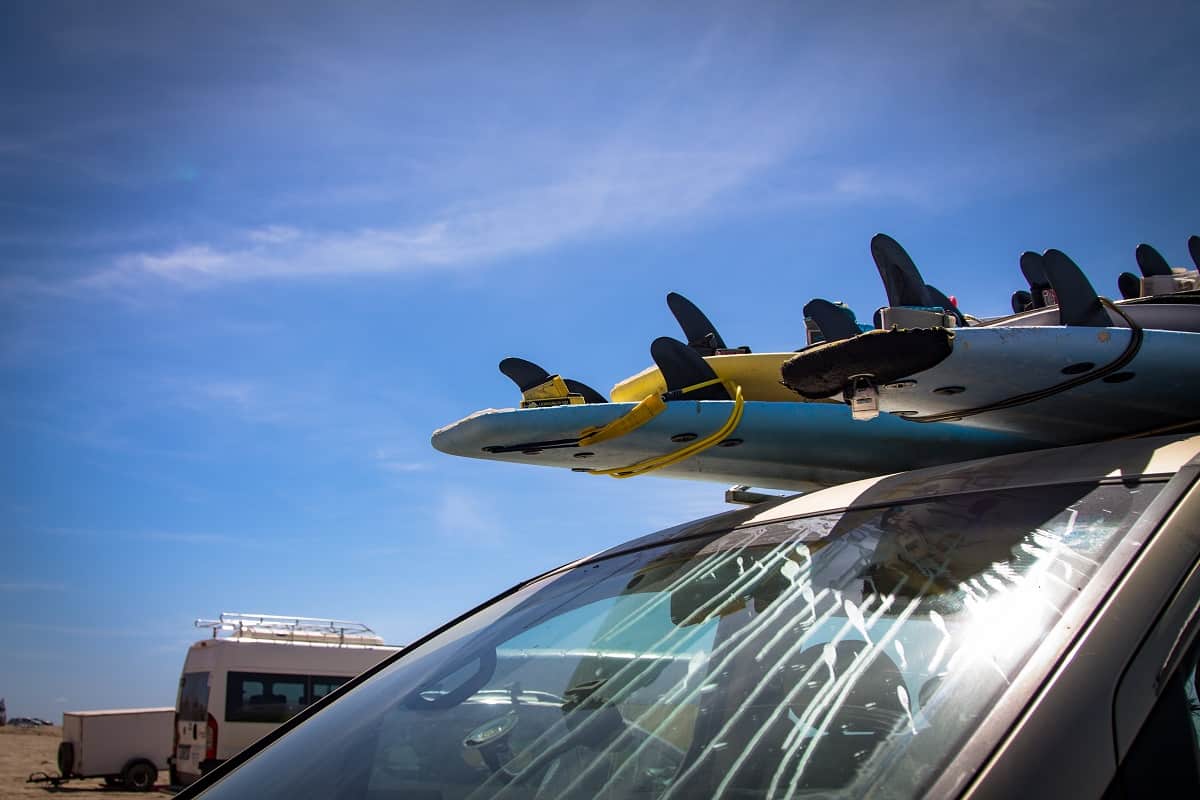
There’s something magical about water and the number 70. Research shows that water covers 70 percent of the earth’s surface and makes up about 70 percent of the human body. It also constitutes 70 percent of the human heart as well as the brain. That explains in part why water is considered the elixir of life.
Research shows that deep biological connection exists between the human body and water that extends beyond ingesting it. Just being near a body of water elicits a positive response from our brains. The sight and sounds of water unleash a flood of neurochemicals inside the body. These neurochemicals increase blood flow to the heart and the brain, promote wellness, and induce relaxation to flood the body. As such, there’s a full range of benefits to being in, near, or on a water body.
Luckily, you don’t need to own a beachfront house or live by the seaside to enjoy all these benefits. Spending just a few hours by the seaside pays off by the bucket load. For the adventurous crowd, that doesn’t mean taking a passive boat ride. For those who are more into riding waves and making the most of the flat water, try using a stand-up paddle board.
But here’s the thing, these boards measure up to 10-feet long and getting them to the seashore takes a considerable amount of effort. However, with the right skills and knowledge, you can make the entire process a breeze. Here is our guide to show you how to how to carry a paddle board on your car.
Contents
How to Carry a Paddle Board on Your Car
If you drive a sedan or a hatchback, you don’t have the luxury of fitting a 10-foot board inside of it and heading out to the sea. The only way you’re getting that huge board there is by strapping it on the roof of your ride. Luckily, you can secure the paddle board safely atop your car and avoid being a danger to other road users.
Paddle Board Attachment Options
Ideally, you have a choice of three mounts when you need to carry an item on the roof of your car. Most cars have top runners or crossbars on the roof. If your car doesn’t have either of these mounts, you need to buy a pair of detachable soft roof racks to secure the board.
Getting The Board On Top Of The Vehicle
While most boards are lightweight, weighing just a few pounds, their sheer sizes can be a tad intimidating. Start by laying the upper side of the paddle board lengthwise on the car, then sliding it up the roof. Preferably, you should have the front end of the board at the back of the car, and the rear end (the one with the fins) above the windshield.
For vehicles with high ground clearance, place the board against the rear side, then push the board gently onto the roof. Whichever method you choose, have the deck pad lying on the roof as that provides a perfect fit. Laying it the other way could cause the curved ends of the board to be caught in the wind as you drive, creating a lot of resistance that could cause the straps to loosen.
Mounting A Paddle Board On The Crossbars
Attaching a paddle board on the crossbars calls for two fastening belts that are about 15 inches in length.
- Start by looping one strap under the crossbar then push both ends of the belt over the board on to the opposite side of the car. To avoid any annoying wind vibration as you drive, keep a twist on the belt before latching it into the buckle.
- Walk to the opposite side of your ride and then wrap the strap under the crossbar before inserting it into the clasp and fastening it securely. Move the buckle to the topside of the board then tighten it. Position the buckle in the space between the roof and the paddle board as that helps to eliminate vibrations that can cause the locking mechanism to fail. Although you want to keep the board secure on the roof, take care not to use too much force as that can ding and dent the board.
- Tie one or two overhead knots just below the buckle to keep it in place for added fastening security. Tuck the remaining length of the belts inside the car and close the doors on them to keep them from flapping about as you drive.
Securing A Paddle Board On Top Runners
If your car has these runners on the sides, use a pair of foam blocks to hold the paddle board on to the roof of the vehicle. Such blocks often have a latex or rubber skin to ensure a firm grip on the roof.
- Start by positioning the soft blocks on the car’s roof. Ideally, you should place the two foam blocks at the center of the roof about 70 cm apart. You want the board well balanced on the roof as that helps to eliminate play when the car is in motion. Too much play can have the straps loosening and your precious board falling off.
- Loop the fastening strap around one of the runners then ease them over the board to the opposite side of the car. Before buckling the straps, be sure to give them a twist as that strap eliminates the buzzing vibrations caused by the wind as you drive down to the lakeside. Shift the position of the buckle so that it lies between the runners and the paddle board. Doing so eliminates vibrations that could cause the locking mechanism to fail and have the board fall off.
- For added security, tie one or two overhand knots underneath the buckle to keep it in place as that helps to ensure a firm grip on the board. Secure any loose straps by tucking inside the car and shutting the door on them. That keeps them from flapping in the air as you drive.
Strapping Your Paddle Board Using Soft Racks
You must buy a pair of soft racks if your car is not equipped with a mounting gear on the roof. These are removable padded straps that you can attach to your car when you need to carry an item on the roof.
- Start by fixing the soft racks on the roof of the car as per the manufacturer’s instructions. Basically, the process is pretty straightforward and you can get it done in five minutes or less. Open all four doors on your car, then position the soft roof packs on the roof, keeping a distance of about 70 cm between them. Run both ends of the straps inside the car and fasten them securely using the buckle. Repeat the process on the second set of the roof rack and ensure a tight fit as well. Spacing them out ensures that the paddle board is well balanced to eliminate slippage and play once you’re on the road.
- Slide the board up the roof by sliding it up the side or from the rear end of the car. Just be sure to keep it facedown, i.e., with the deck side facing the roof. You should keep the back end of the board towards the windshield and the front end towards the rear shield.
- Using the second set of straps, fasten the paddle board to the padded bed of the soft rack by passing them through the D-rings and buckle them as needed. The exact fastening procedure will vary depending on the particular soft roof rack you’re using. Just remember to twist the straps before passing them through the buckles to eliminate noisy vibrations. Repeat this process with the second set of the rack, and you’re now ready to hit the road.
While convenient, soft racks also make an ideal choice when traveling short distances. If traveling for a long distance, you’re better off getting a proper mounting system. Alternatively, you can get a pair of fastening straps that are compatible with most roof mounts.
